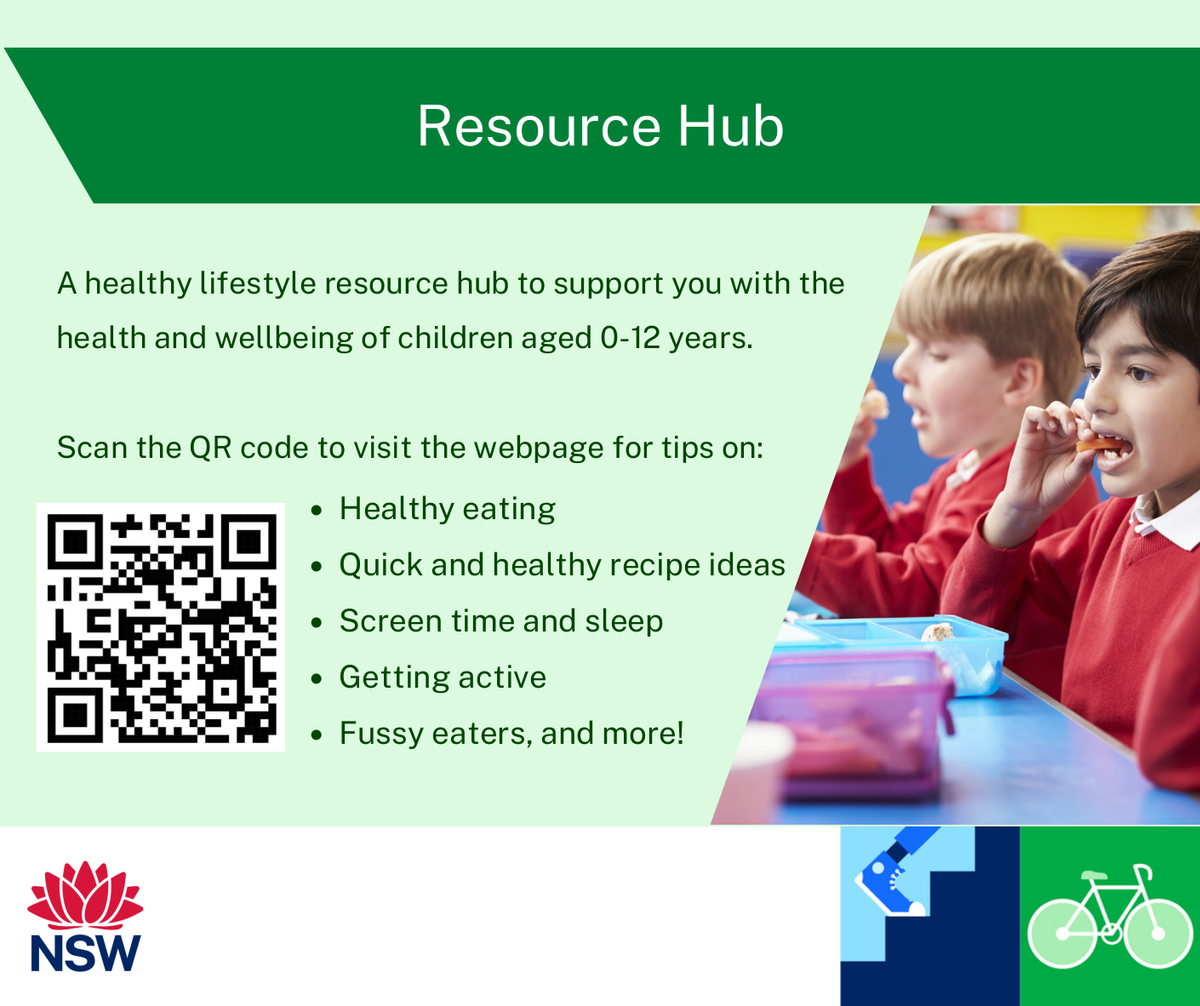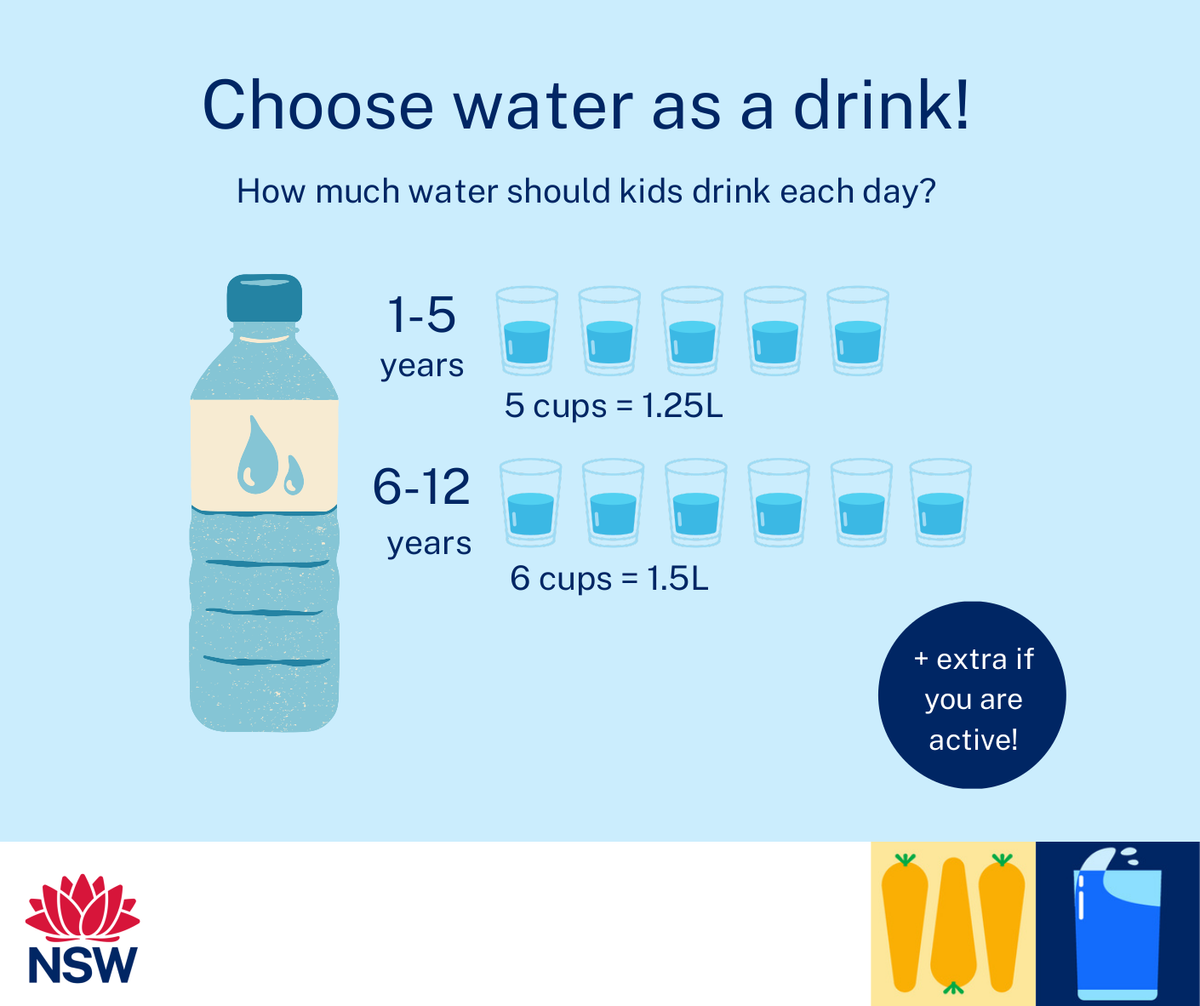Wellbeing

Navigating Screen Time: Fostering Balanced Tech Use for Our Children
In today's digitally connected world, it's impossible to ignore the prevalence of screens in our children's lives. From virtual classrooms to entertaining apps and social media, screens have become an integral part of their daily routines. However, striking the right balance between technology use and well-being is a challenge we all face as parents.
The Power of Screen Time
We can't deny the educational and entertainment value that screens provide. Interactive learning apps, engaging videos, and online resources have transformed how our children access information and learn. These digital tools can stimulate creativity, enhance problem-solving skills, and open doors to new knowledge.
A Closer Look at the Impact
As parents, it's crucial to be aware of both the positive and potential negative effects of screen time on our children's well-being.
Physical Health:
Excessive screen time can lead to a sedentary lifestyle, impacting our children's physical health. Encourage outdoor activities and hobbies that get them moving.
Mental Well-Being:
Studies suggest a connection between excessive screen time and feelings of anxiety, depression, and poor self-esteem. Balance screen interactions with face-to-face social interactions.
Sleep Patterns:
Blue light emitted by screens can disrupt sleep patterns. Consider establishing screen-free zones in the evening and encouraging relaxing pre-bedtime routines.
Attention Span:
Prolonged screen use might affect attention spans. Encourage activities that require focused attention, such as reading, puzzles, and hands-on projects.
Strategies for Balanced Tech Use
We're all navigating this digital landscape together, and there are practical steps we can take to promote healthy screen habits:
Set Limits:
Establish reasonable screen time limits tailored to your child's age and activities. Use apps or device settings to manage screen time.
Quality Content:
Encourage your child to engage with high-quality educational content that aligns with their interests.
Tech-Free Zones:
Designate areas in your home where screens are off-limits, such as the dinner table and bedrooms.
Model Behaviour:
Children often mirror our habits. Be mindful of your own screen use and prioritise meaningful family interactions.
Open Communication:
Talk to your children about the importance of balancing screen time with other activities. Create a safe space for them to share their thoughts and concerns.
At the end of the day, it's about fostering a healthy relationship with technology. Embrace the opportunities screens provide while guiding your children to use them mindfully. By working together, we can ensure that our children's well-being remains a top priority.
Mrs Lisa Mann | Wellbeing
Tips/Ideas from South Eastern Sydney Local Health District - NSW Government Initiative



